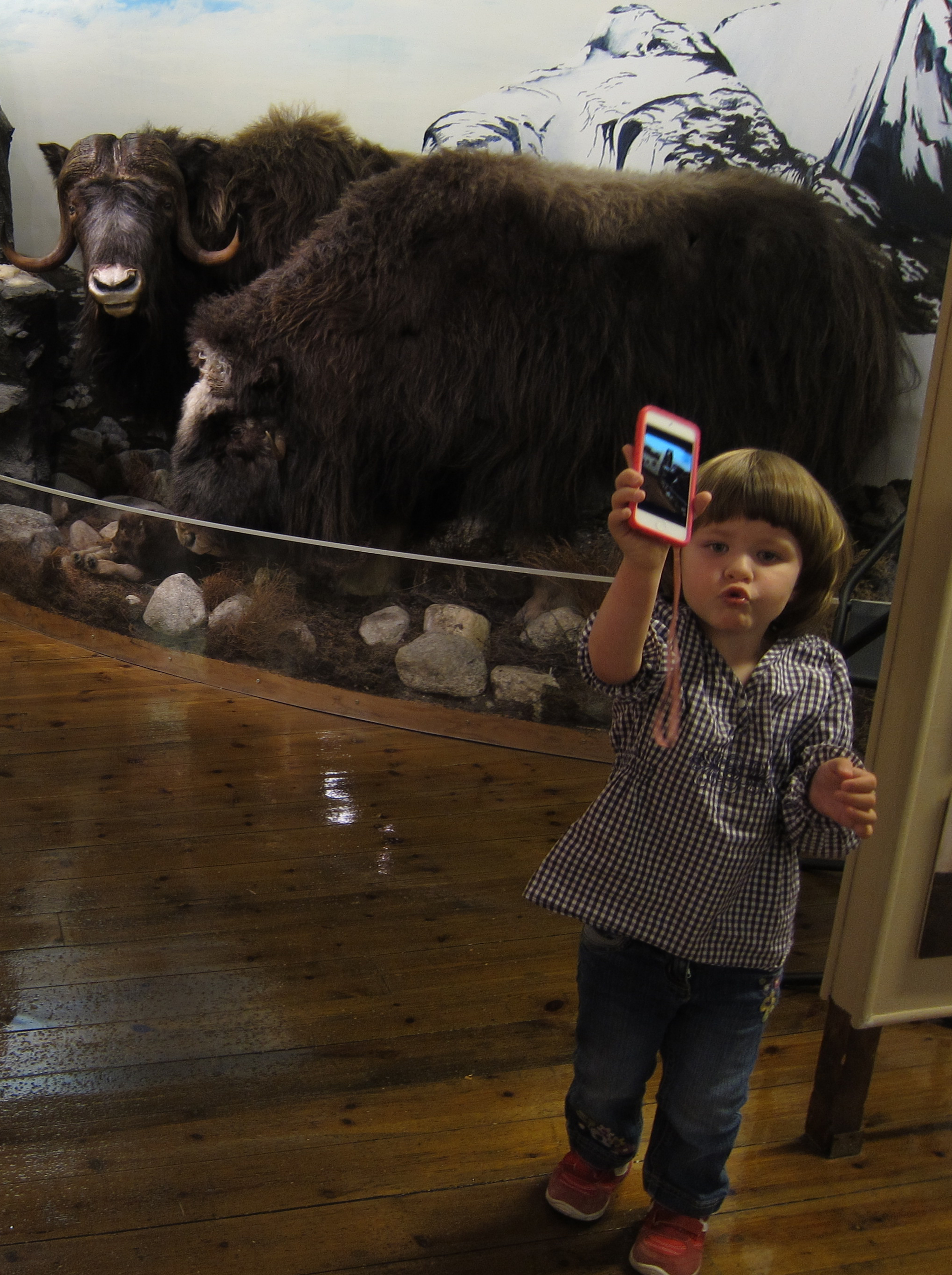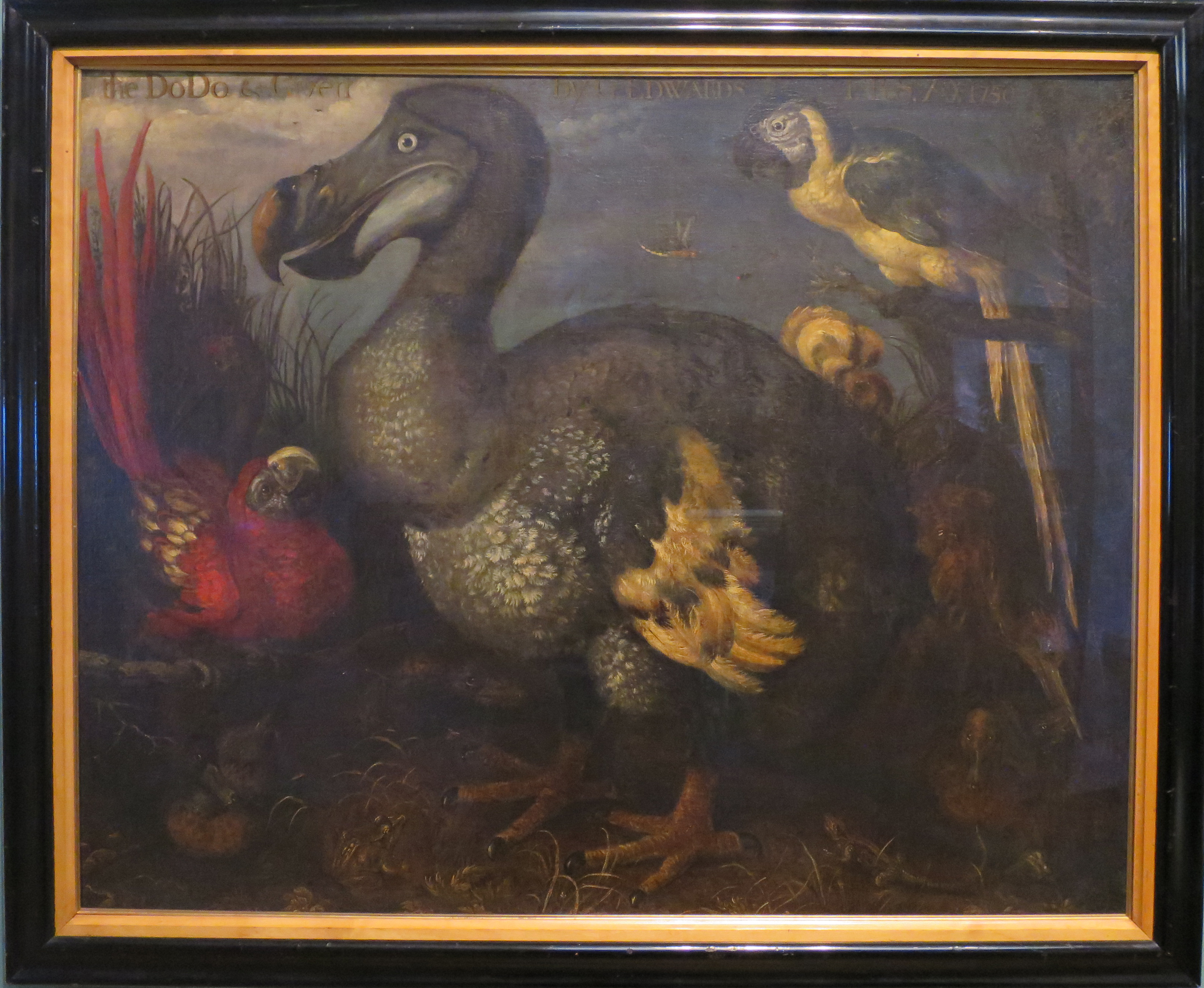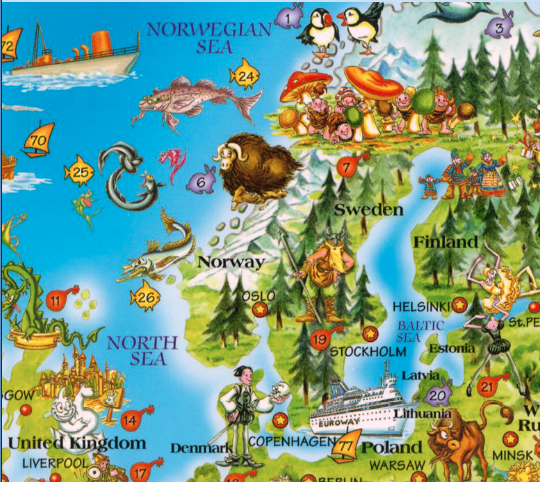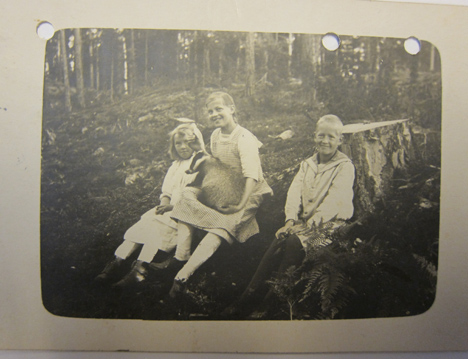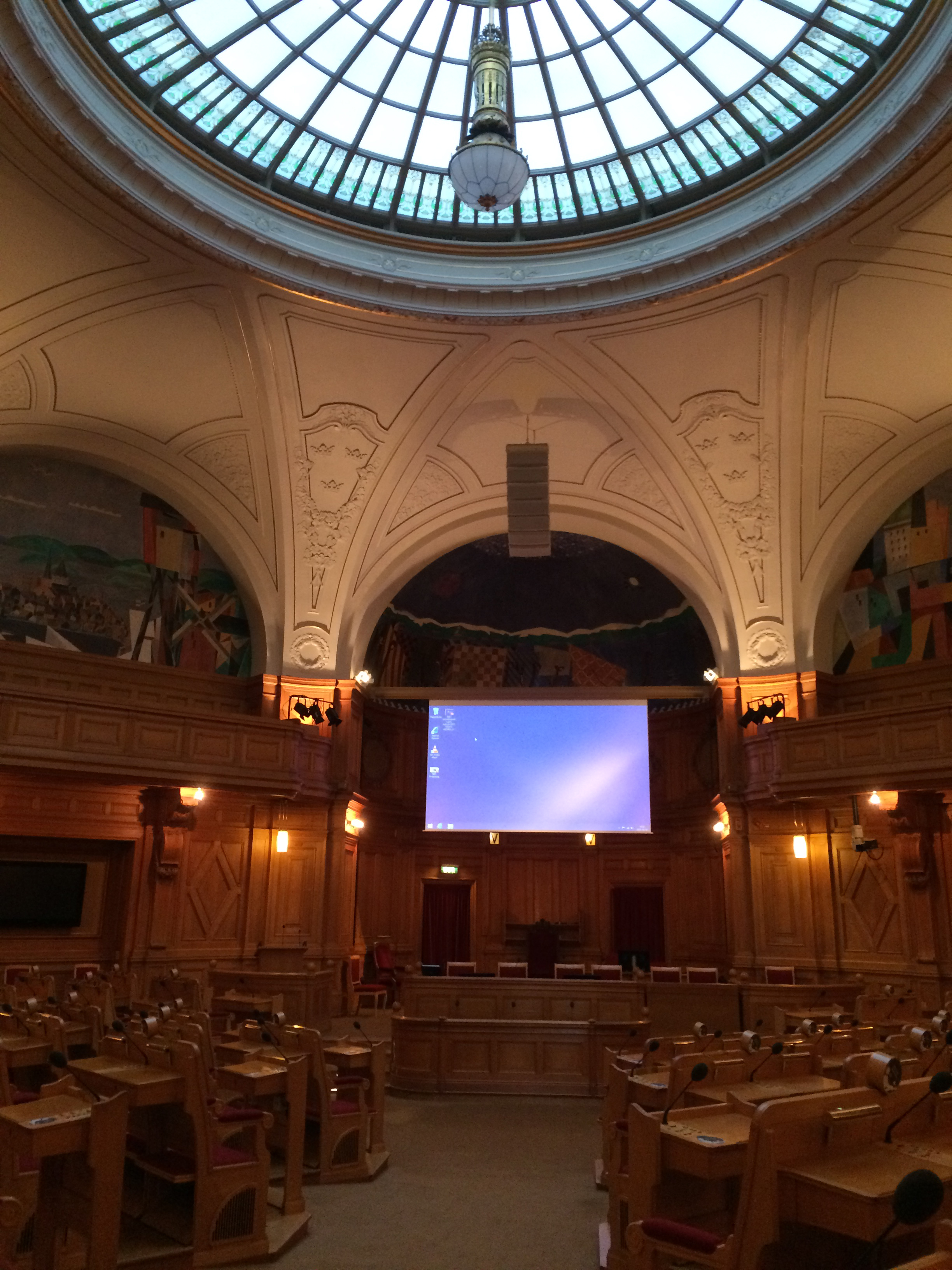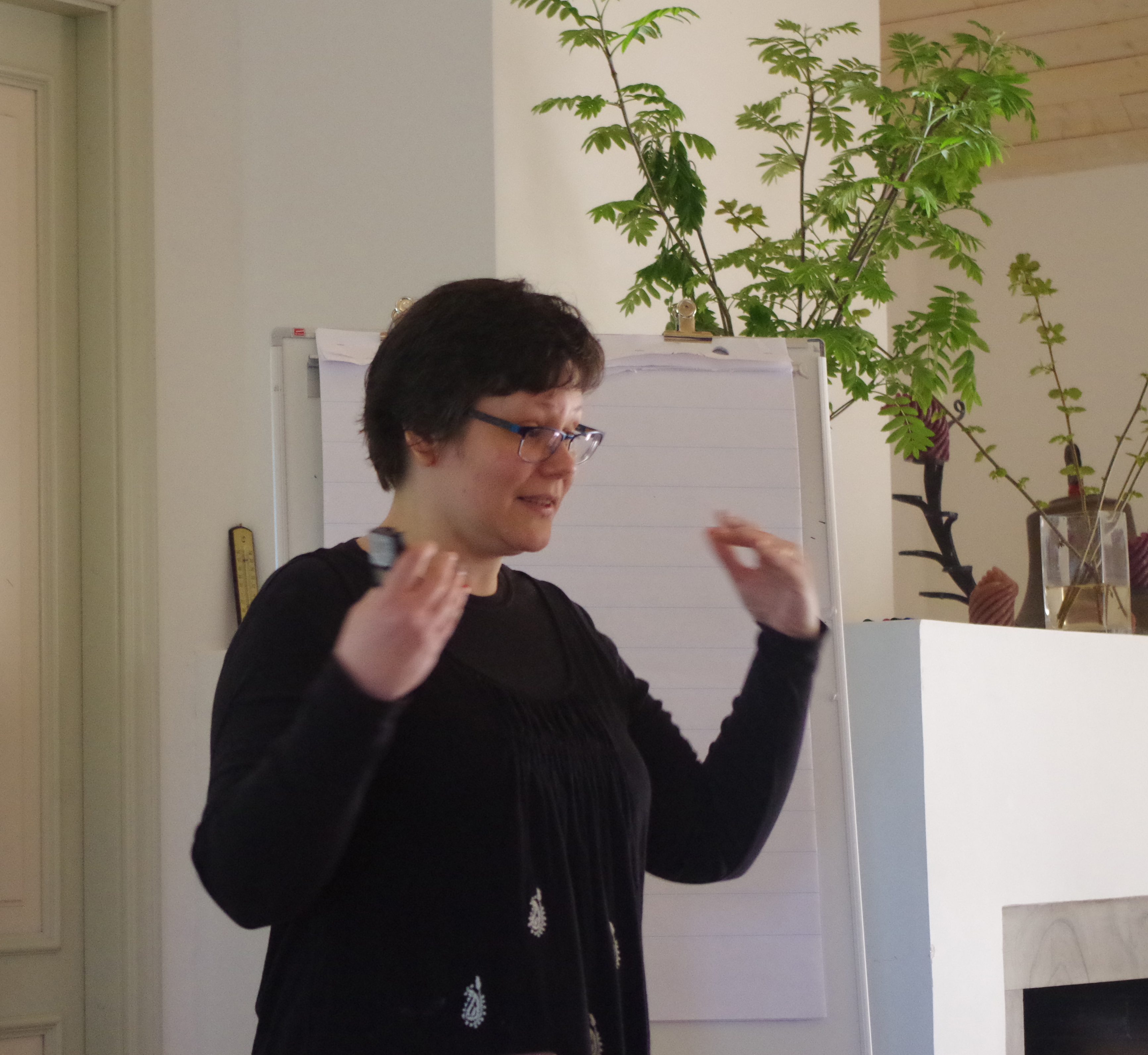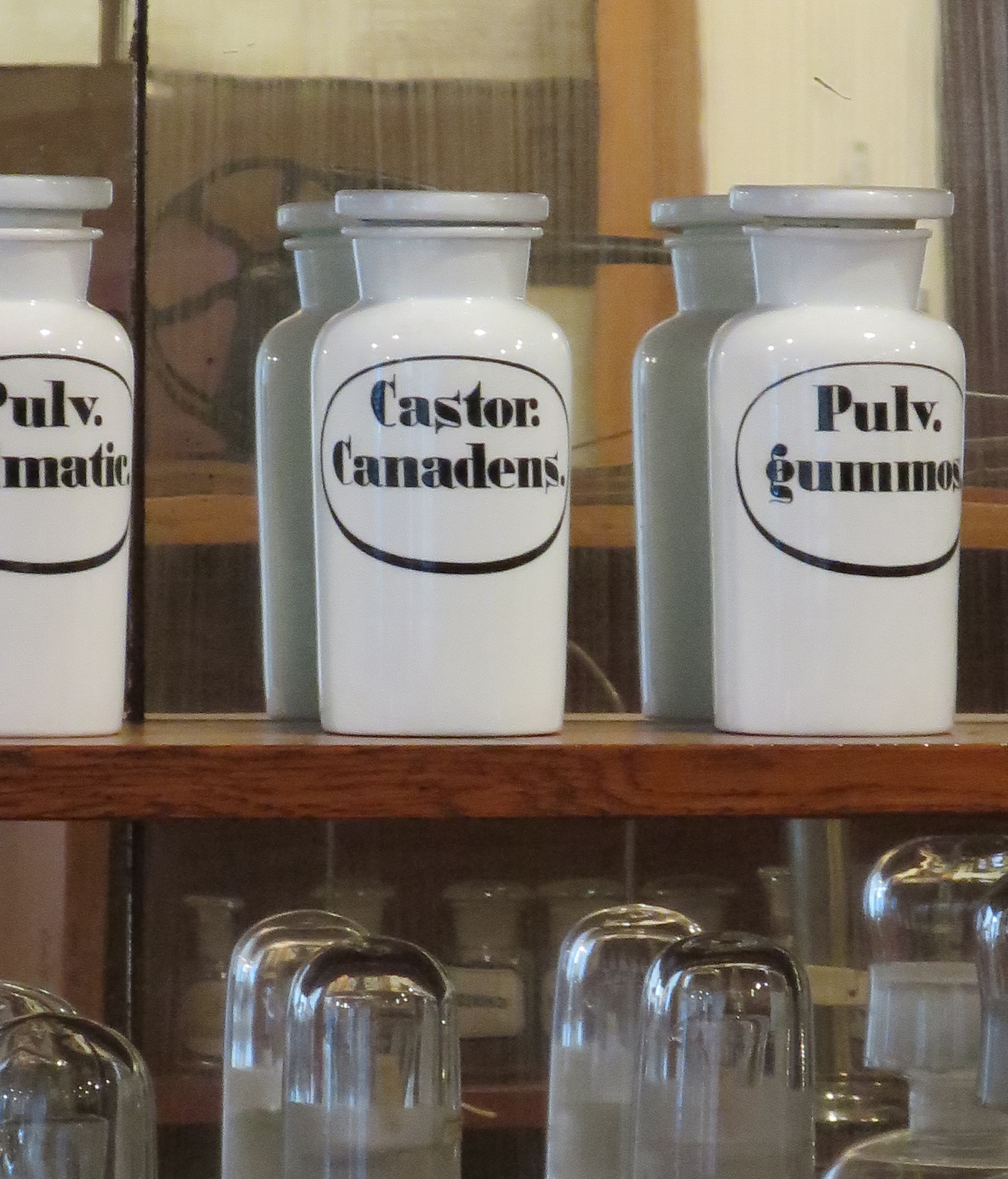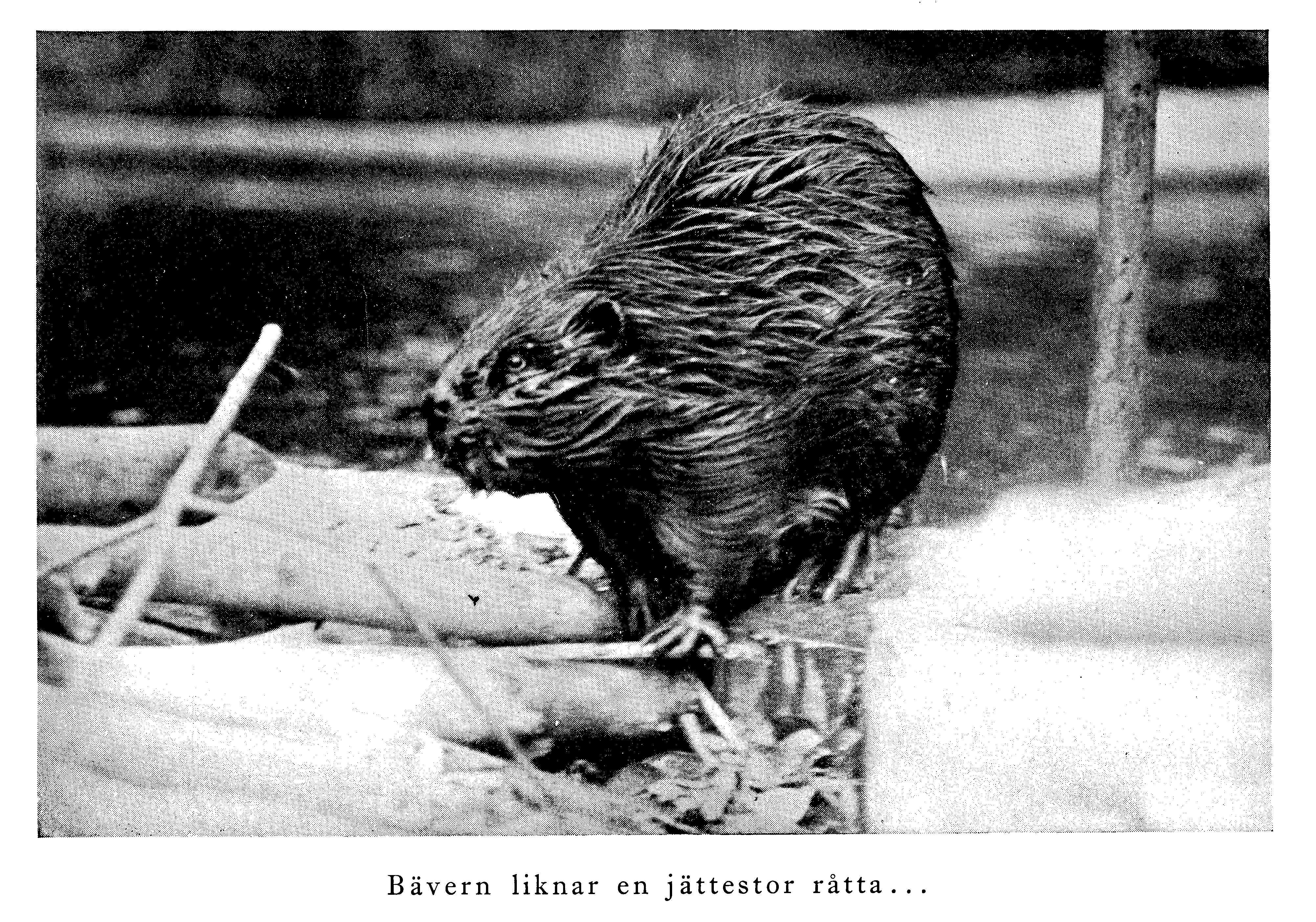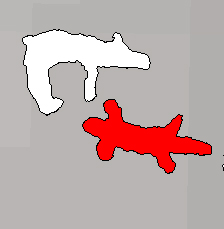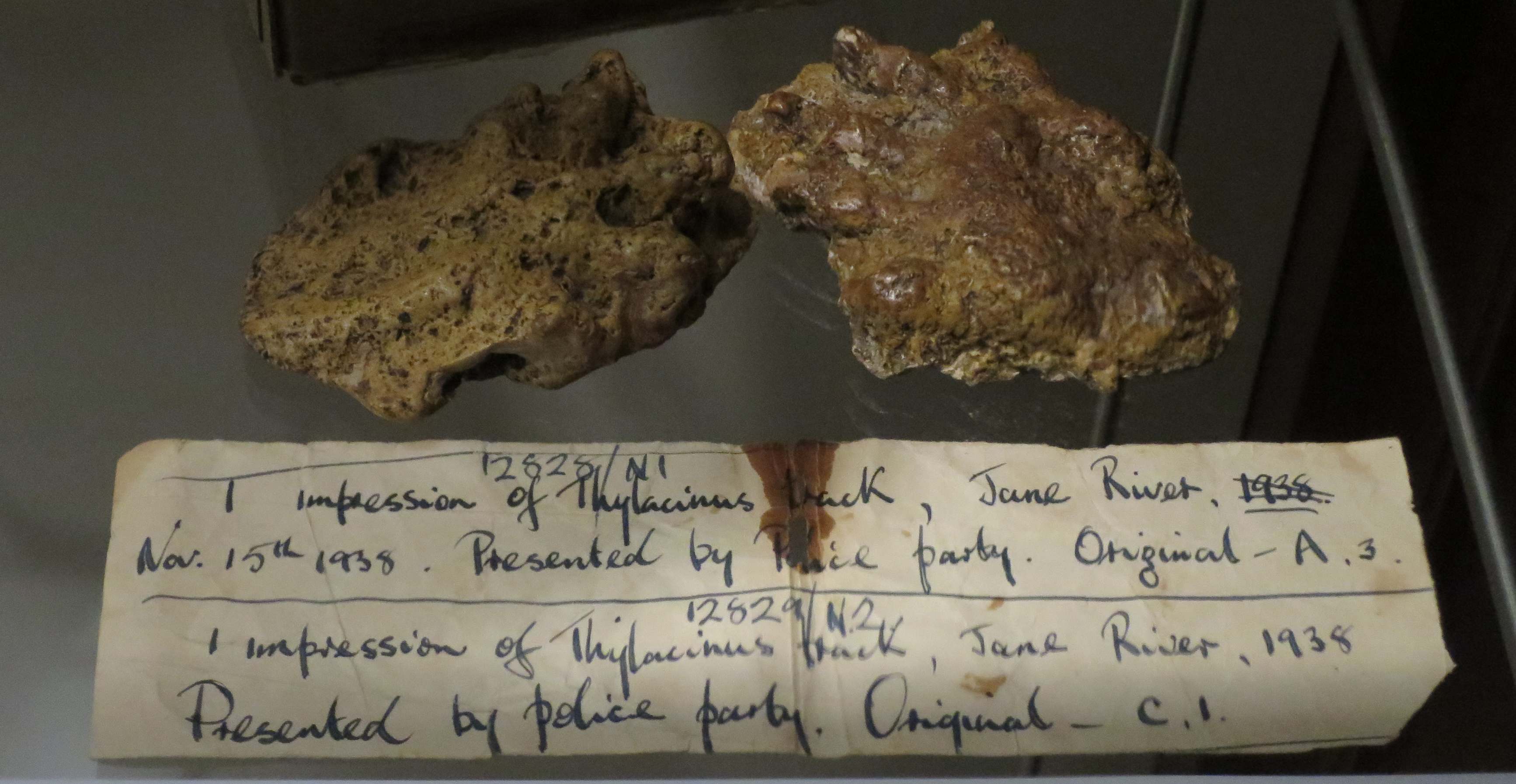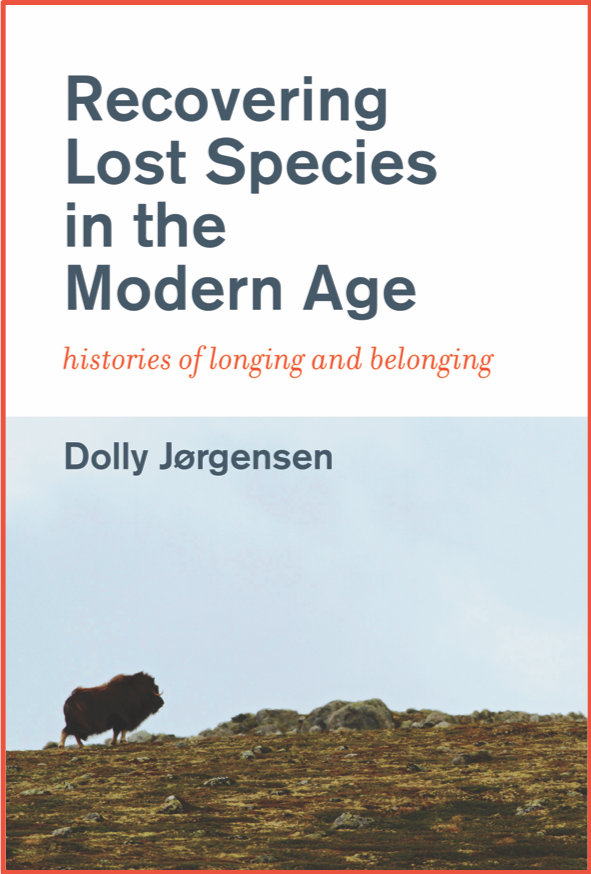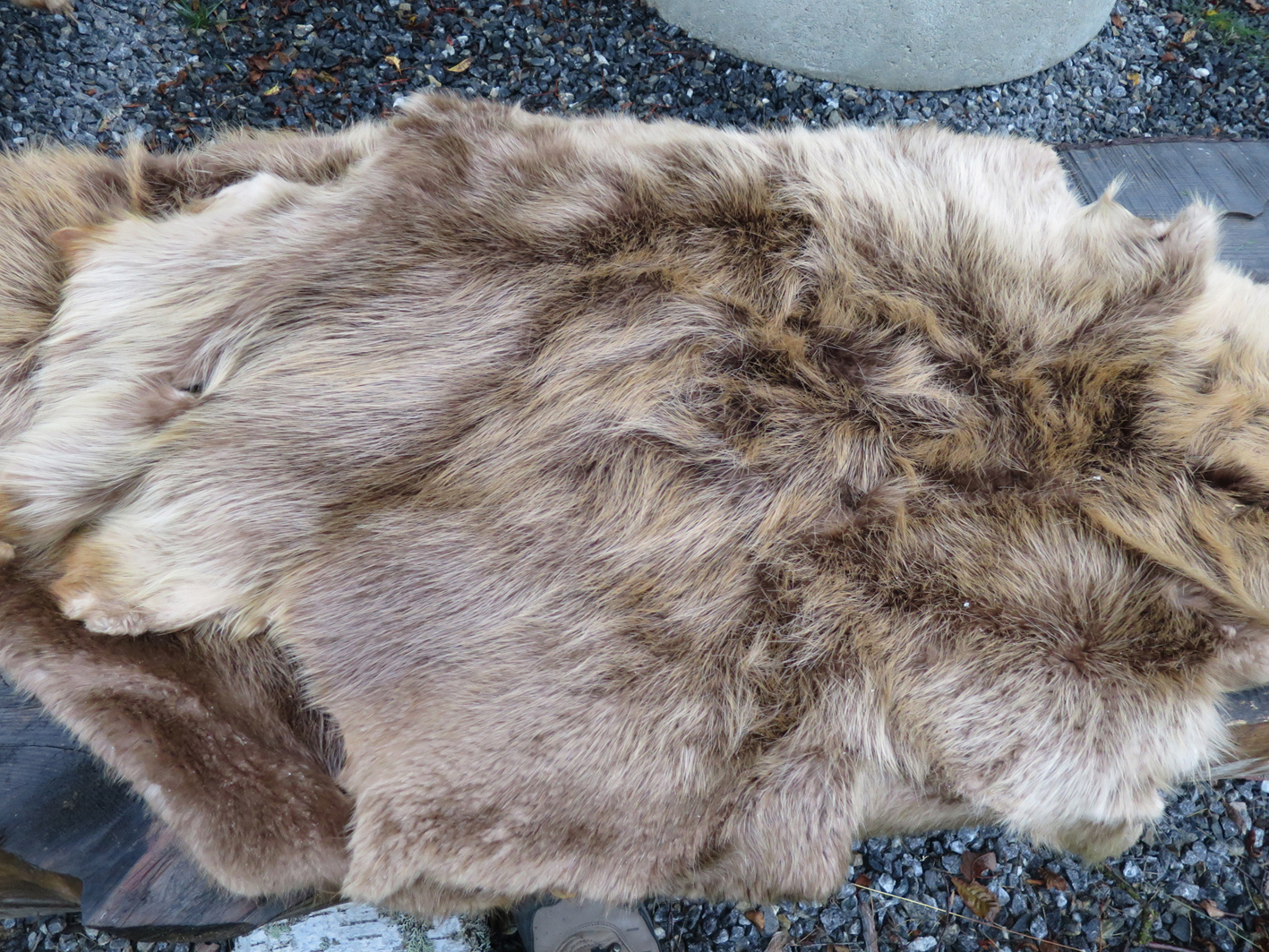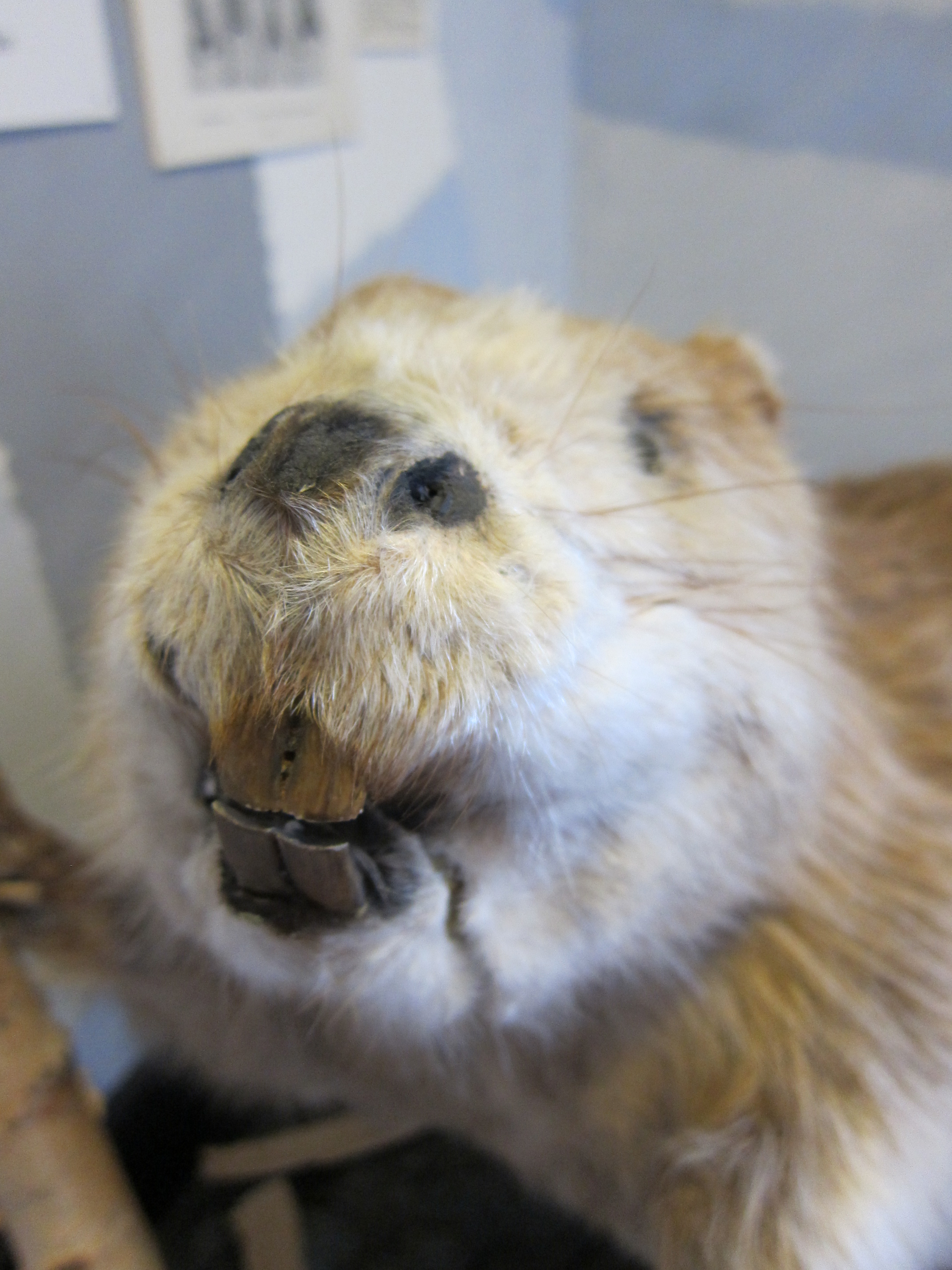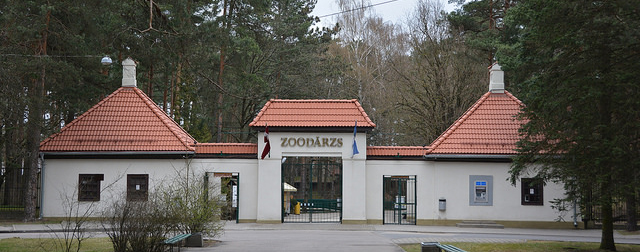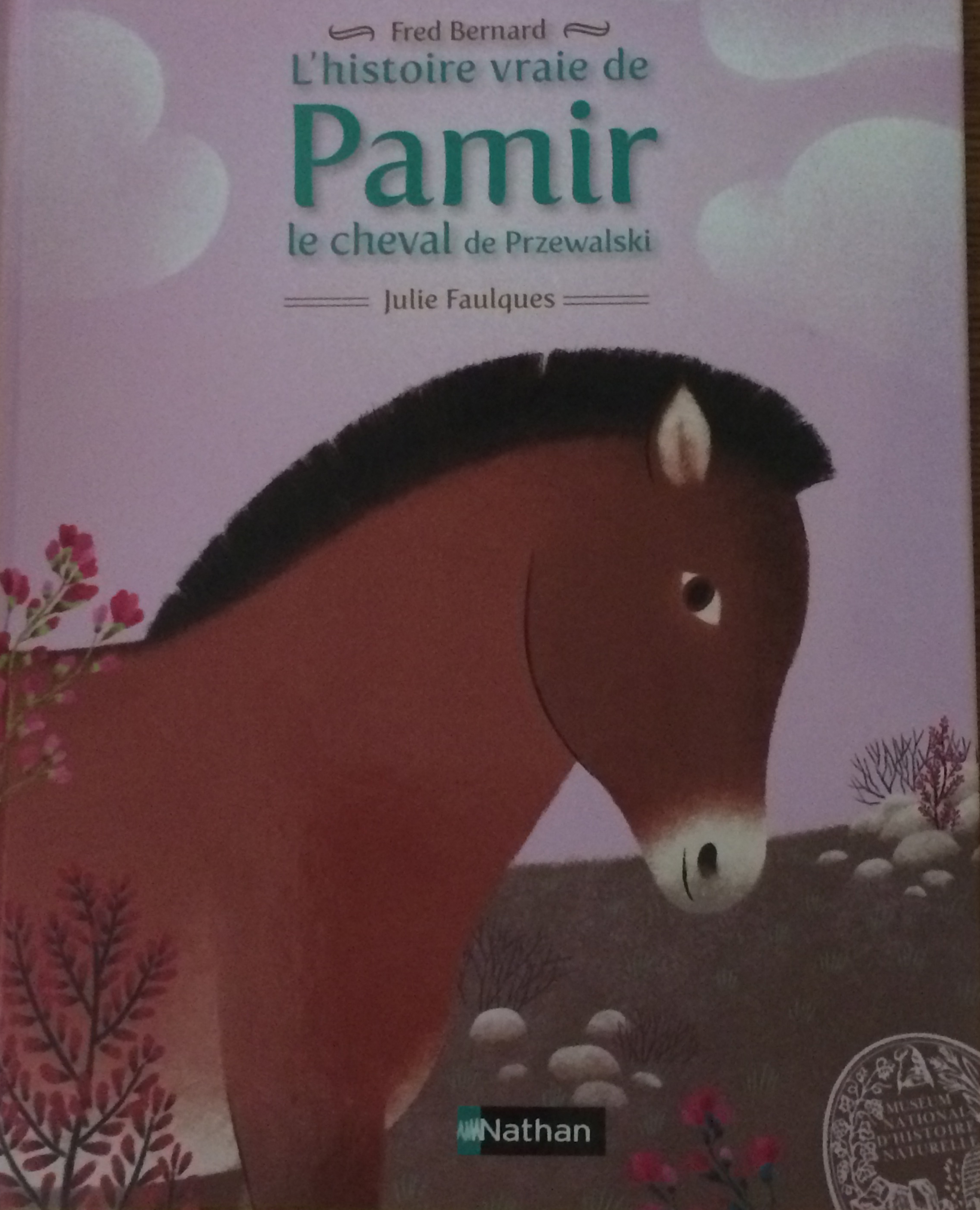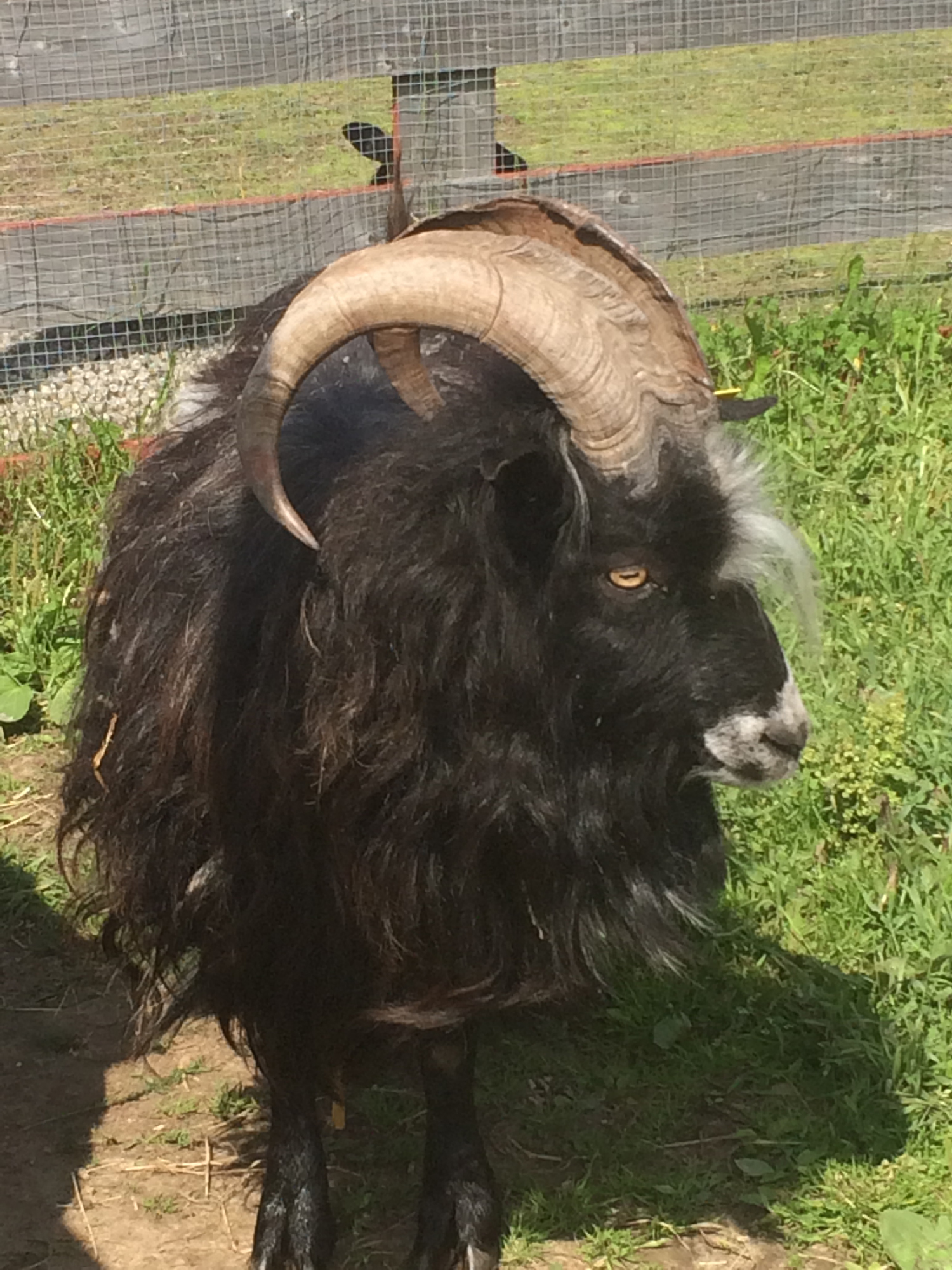-
Explorers and muskoxen
I visited the American Museum of Natural History in New York yesterday. They have an excellent series of dioramas in the Hall of North American Mammals, which were originally opened in 1943 and elegantly restored in 2011-12. One of the dioramas features muskoxen from Ellesmere Island, the third largest island in Canada. The pair were killed by Robert Peary’s Arctic expedition in 1898. This was the first of Robert Perry’s series of expeditions attempting to reach the North Pole (1898-1902, 1905-6, 1908-9) — he claimed to have finally gotten there on the last of those expeditions. The diorama is framed in terms of Arctic exploration. The sign places the scene at ‘The…
-
Stamp of approval?
Muskoxen have been roaming the Swedish mountains only since 1971 (at least this time around – they were present also several thousand years ago). That small group of animals had migrated by themselves over the Norwegian-Swedish border, so it was not a given how people would respond to these ‘new’ animals. For the most part, muskox quickly became understood as a central element in the mountains of Härjedalen, probably because of its novelty and distinctive appearance. When a Swedish national postage stamp series titled “Fjällvärld” (“Mountain World”) was issued in March 1984, the images chosen were a general mountainscape, the angelica flowering plant (also known as wild celery), the lemming, and the…
-
Change, history, and a talk before Parliament
Today I had the opportunity to speak before a group of parliamentary representatives and researchers on the topic of the environmental humanities at Riksdagen, the Swedish parliament. The event, put on by the Sällskapet Riksdagsledamöter och Forskare (RIFO), featured presentations by four Swedish researchers: an environmental scientist, an environmental philosopher, a professor of gender studies, and me as the environmental historian. The description of the event stressed the Anthropocene as a new era and asked us to consider what humanities research could contribute to new modes of thinking. My talk was titled “History for a Sustainable Future” — a title I unabashedly borrowed from fellow environmental historian Michael Egan who has a…
-
The tale of two castors
When two things get the same name, it is easy to get them confused. This has happened with two medicines with similar names that have cropped up in my research: castoreum and castor oil. As I mentioned in my last post, the Elvarheim museum in Åmli, Norway, recently opened a new beaver exhibit. I was quite impressed with the set-up. I did, however, notice an error in the display case of beaver products. The case included a beaver felt hat and the beaver gall liquor I’ve tried, both of which are made from beaver parts. It also had a shelf of medicine that was supposed to be from beaver, but the bottles on display…
-
A historian walks through the beaver’s homeland
In historical work, we are called on to imagine ourselves in another time and another place. We try to see the world as the people (or animals) in our stories would have seen it. That’s not always an easy task. But because I was lucky enough to spend the last two days in southern Norway in the homeland of the Scandinavian beaver, it’s now a little easier for me as I write the beaver reintroduction story. Yesterday I walked around the property at Næs Ironworks, which is now a museum featuring the double blast furnace, water-powered hammering shop, and templates for cast iron stoves. It was a lovely clear day for…
-
Thylacine Day 2015
Yesterday was Thylacine Day, or more officially National Threatened Species Day, in Australia. In 1996, Australia established the day to commemorate the 60th anniversary of the death of the thylacine which was in the Beaumaris Zoo in Hobart, Tasmania. In many official statements about National Threatened Species Day, this zoo animal is called the “last Tasmanian tiger” (for example by Queensland Department of Environment and Heritage Protection and New South Wales Office of Environment and Heritage). The National Museum of Australia presents the thylacine as becoming extinct as a species on 7 September 1936 with death of the Beaumaris zoo specimen, which has become known as ‘Benjamin’ although there are many questions about where this name…
-
Beavering away in Västerbotten
Yesterday evening I went on my second beaver safari. This time I was near home–only 36 km away in Vännäs on the Vindel river. We had great luck and saw several beavers right away. Beaver were first brought back to the county of Västerbotten very early in the reintroduction process. In 1924, the second beaver reintroduction in Sweden took place in Västerbotten on the Tärnaån further inland. But no more reintroductions happened in the area until after World War II. In the 1950s and 60s beavers were set out intentionally and more animals migrated in from the neighbouring Jämtland reintroductions. According to an article from 1984 in the journal Från hav…
-
The power of legend
I was thinking this weekend about the repetition of stories. There was some discussion on twitter about whether or not the history of the conservation movement is the same thing as the history of the environmental movement (which came up in the context of an article in the New Yorker, “Environmentalism’s racist history”). While I can sympathise with the desire to make a distinction, I think it matters more how the histories are invoked by people as foundation legends. As humans reflect on themselves, they tell stories to make sense of the world. It seems to me that there is a tendency for people today to judge the past by whether the…
-
Pamir the Przewalski and his places
When I was at the Ménagerie in Paris, which is part of the Muséum National d’Histoire Naturelle, I found a lovely children’s book in the gift shop: L’histoire vraie de Pamir, le cheval de Przewalski. The book (which you can buy here), written by Fred Bernard and illustrated by Julie Faulques, is a real reintroduction story. The book begins by backing up in time to present the Przewalski horse as living on the steppes of Mongolia. The Przewalskis were wild, untamable horses, killed as prey by Mongols on the backs of domestic horses. Then the horses are discovered by a colonel named Przewalski in the 19th century. After the discovery scene, the text presents the…
-
Breeds, places, and becoming less with loss
This year, I took a month-long summer holiday. It was mostly free from work obligations, but I couldn’t help always being aware of things that relate to this project on reintroduction and belonging. Several times over the course of my holiday I encountered efforts to preserve regional domestic breeds of animals. In each case, there was a concerted effort to identify the animal breed as belonging to a particular place, with the implication that the place would be diminished without it. Take the Poitou donkey. At the Ménagerie in Paris (which is the historic zoo in town), two Poitou donkeys were on display. The very shaggy donkeys seemed content munching hay, but they…

